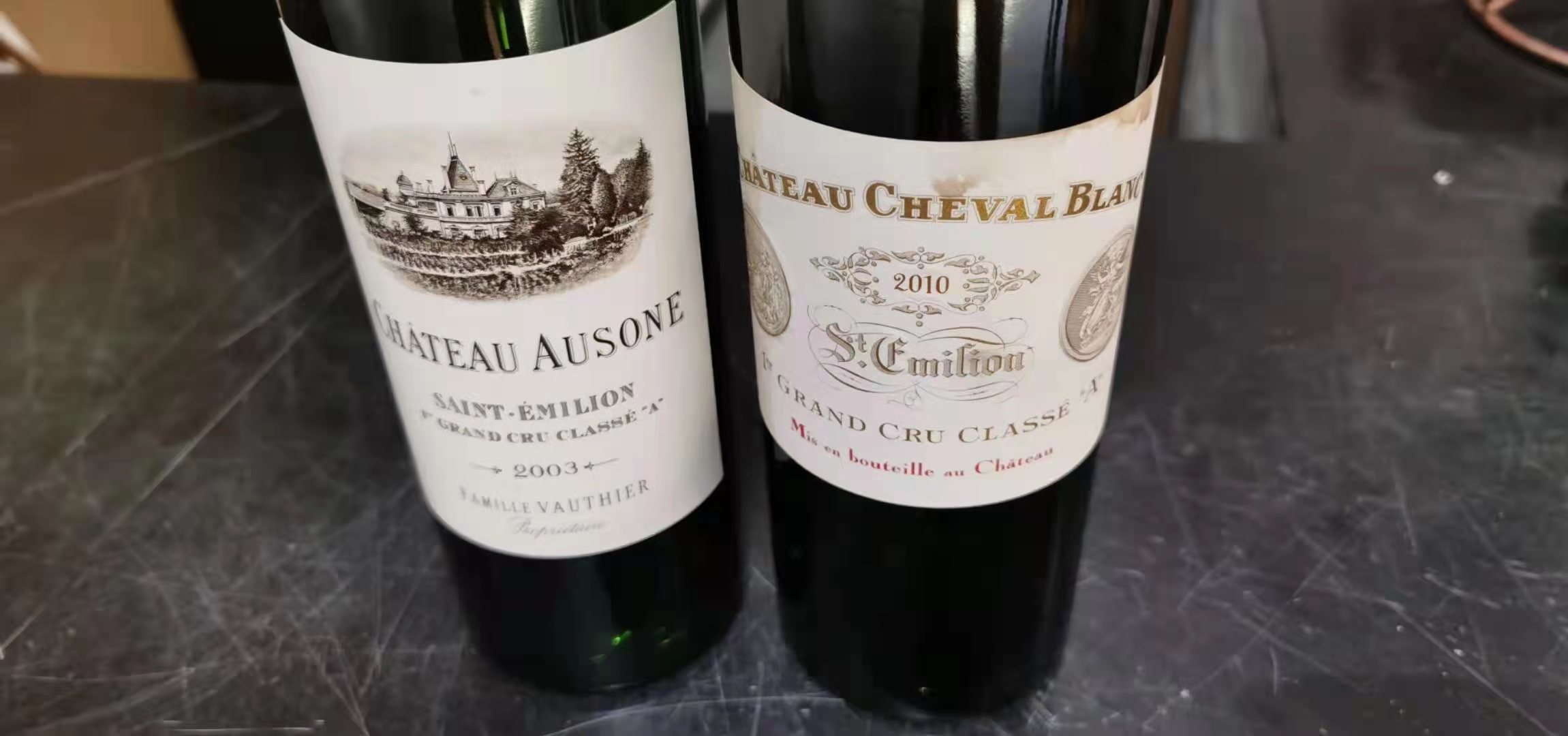
Many if not all of our readers have heard the news that the two greatest Chateaux in St. Émilion have withdrawn from the classification of the Chateaux of St. Émilion that is renewed every ten years and that is to take place again in 2022. It was only about twenty years ago that St. Émilion decided to revise its previous classification, and so it is that the current program calls for a new evaluation process every ten years. This appears to be motivated by the intention that properties not rest on their laurels but keep in mind that nothing is written in stone. Competition has the virtue of inspiring effort and dedication. Of course, there is a corresponding down side to this regular re-examination of the wines: The Chateaux try to read the tea leaves, as it were, of what is regarded at that specific point in time as excellence on the part of the judges and the public. Climate change and incessant internet expressions of opinion have resulted in rapidly changing, sometimes conflicting, ideas of what wines should taste like and how they should be evaluated. This may very well lead to Chateau owners hiring consultants to keep abreast of all these developments with the inevitable decisions to modify aspects of vineyard management and wine making to conform to current standards. The reduction in Cabernet Franc as a percentage of plantings and the concomitant increase in Merlot that was witnessed in the 90s and first decade of the 2000s may very well have been motivated by a desire to keep up with trends in taste. Should properties with a long history and tradition seek to change their modus operandus to suit the current times? Let us hear what the two famous estates had to say about their decision: ‘In 2012 (the last classification re-evaluation), we noticed a profound change in the philosophy of the classification, especially regarding new criteria that amount to “marketing drift”, such as the importance of product placement, how often an estate appears in media, including PR and in social media, along with wine tourism infrastructure.”
It should be noted that the 1855 classification of the wines of the Medoc has remained unmodified with one notable exception: the long over-do elevation of Mouton Rothschild to First Growth status (not counting the addition of Chateau Cantemerle right after the classification was drawn up, for that exclusion was only an oversight and rectified immediately). Many informal revisions of the 1855 classification have been published over the past twenty years: None of them has had the slightest effect on the original classification. One of the reasons that classification has held up so well is that it was based on the collective opinion of the informed market about the status of each chateau being considered for Grand Cru status. These opinions were reflected in the prices each chateau commanded over an extended period: The higher prices that the merchants and consumers were willing to pay for the wines of a chateau was the ultimate measure of its value. People were and are willing pay more for what they believe is better and more likely to hold its value. It was a brilliant stroke of psychology to rank the top wines into five levels of greatness. This raises a very interesting and perhaps difficult question to answer to any degree of satisfaction: To what extent is the expert opinion about a property based on its terroir—the soil in which the grapes are grown? The question of terroir is very complicated in Bordeaux. Many of the properties are quite large and include multiple terroirs in effect. The final wine is always a blend form these diverse terroirs. Of course, there is always the issue of how well each Chateau is run. The human variable is extremely important. Properties that were ranked as Fifth Growths in 1855 may be making much better wine that one hundred years ago. Market price is the best indicator of current judgment about the status of the wine from a Chateau, for market discipline acts to incentivize Chateau owners to make the best wine they can. It is my view that the ultimate potential of a Chateau lies in its location. The First Growths are ultimately the best wines that can be made in the Medoc because of the complex qualities of their soil structure and precise location of these properties. It is the obligation of the owners and the teams to realize this potential. Do they always succeed? Of course not.
Re-evaluating the properties every ten years actually undermines the primacy of terroir, transferring it almost completely to how much expense and effort each property puts into making and publicizing its wine. Terroir is a long-term foundation for the wine of a property, not a mere element in the quality and specific character of the wine being produced. I will add that Pomerol has never had a classification– which has in no way blocked an understanding of which Chateau are consistently making the best wines.
Read part 2 of Robert Millman’s dissertation on the problems with wine classifications.

 中文
中文



